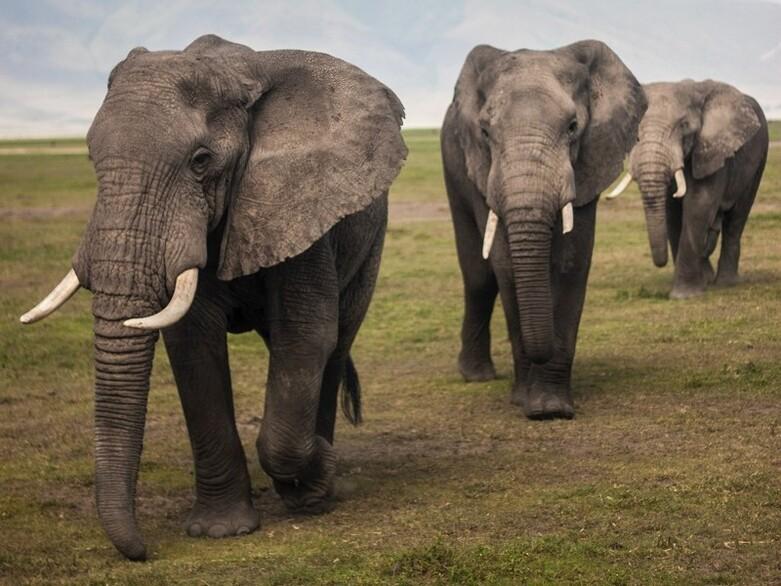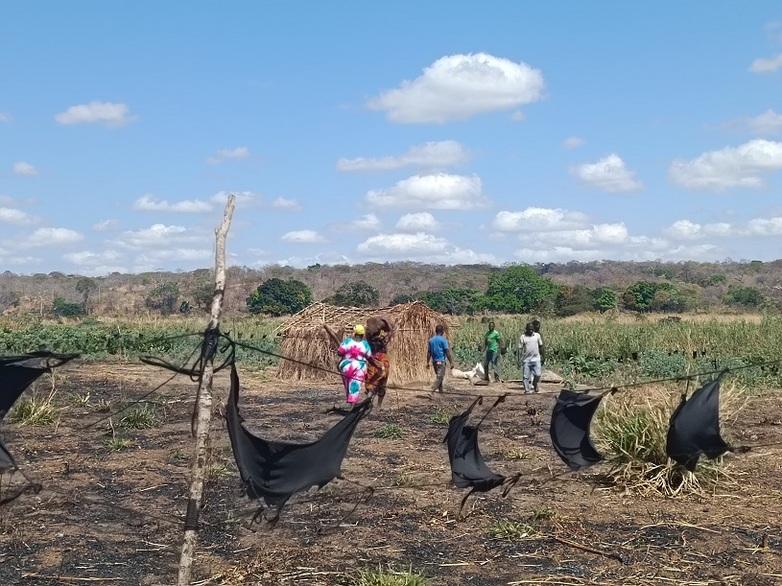Nevertheless, the number of conflicts between people and wild animals is rising. The need for land and natural resources is increasing as a result of the growing population. This competition is intensified by the extreme weather events due to climate change. The damage to crops and property caused by and people falling victim to wild animals are becoming more frequent, particularly around protected areas.
Retaliation against wildlife threatens species conservation. The population does not benefit enough from the use of natural resources through tourism activities and they are seldom involved in decision-making in the protected areas. Consequently, nature conservation is often perceived as a restriction.
Objective
The government of Tanzania is increasingly implementing the national strategy for the management of human-wildlife conflicts and important actors are helping to improve the coexistence between people and wildlife.
Approach
The project is pursuing a multi-level approach. The target group is the rural population south of the Nyerere National Park and the Selous Game Reserve in the Ruvuma landscape.
The project deals with four fields of action which
- Improve the regulation and coordination capacities and seek solutions for the better coexistence of people and wildlife.
- Accelerate an interinstitutional response to mitigate human-wildlife conflicts, for example with strategies for providing rapid response, further training, equipment and local grievance mechanisms.
- Empower communities to reduce negative effects on their livelihoods and safety, for example through testing and promoting measures such as chilli fences in village communities.
- Improve content on human-wildlife conflicts in educational institutions and in the media, for example through new teaching materials, further training courses and media training.
Last update: February 2023


